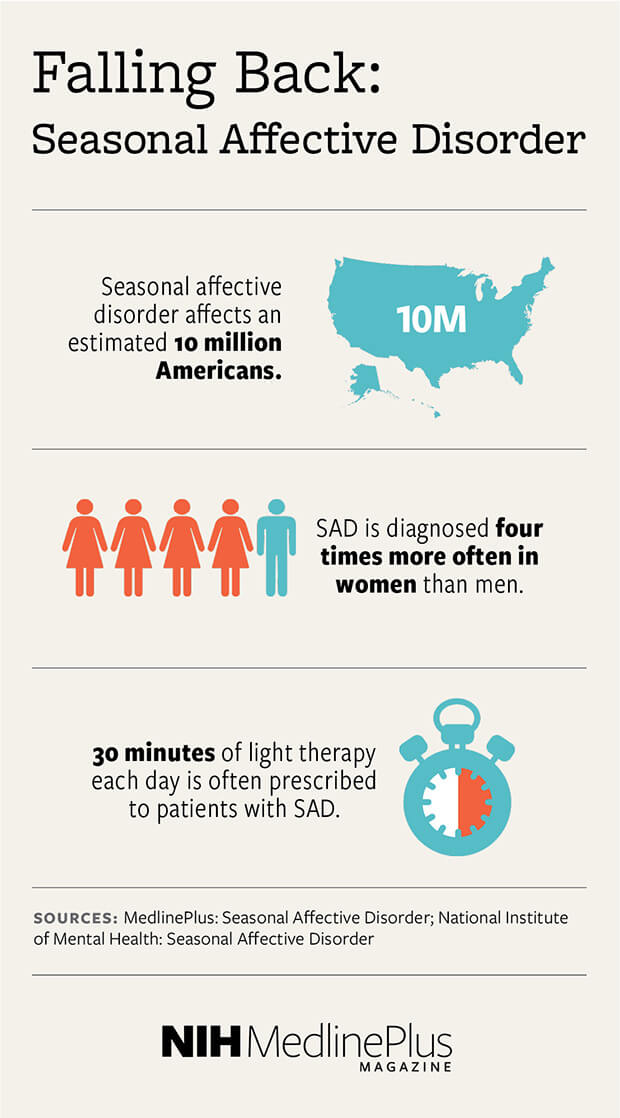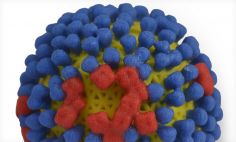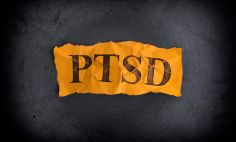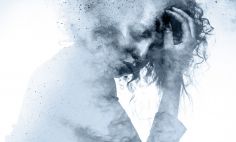This November most of us will turn back the clocks as daylight savings time ends, a sign that winter, cooler temperatures, and shorter days are approaching.
Despite the holidays and celebrations that take place during this time of year, winter can often take a toll on our mental health.
Seasonal affective disorder, or SAD, is a type of depression that comes and goes with the seasons. Usually SAD affects people during the fall and winter months, when it gets colder and darker. But some people also get it during the spring and summer.
Treatment for SAD can include light therapy, medication, and psychotherapy.
If you think you are experiencing SAD-related depression or any other type of depression, be sure to see a health care provider.







